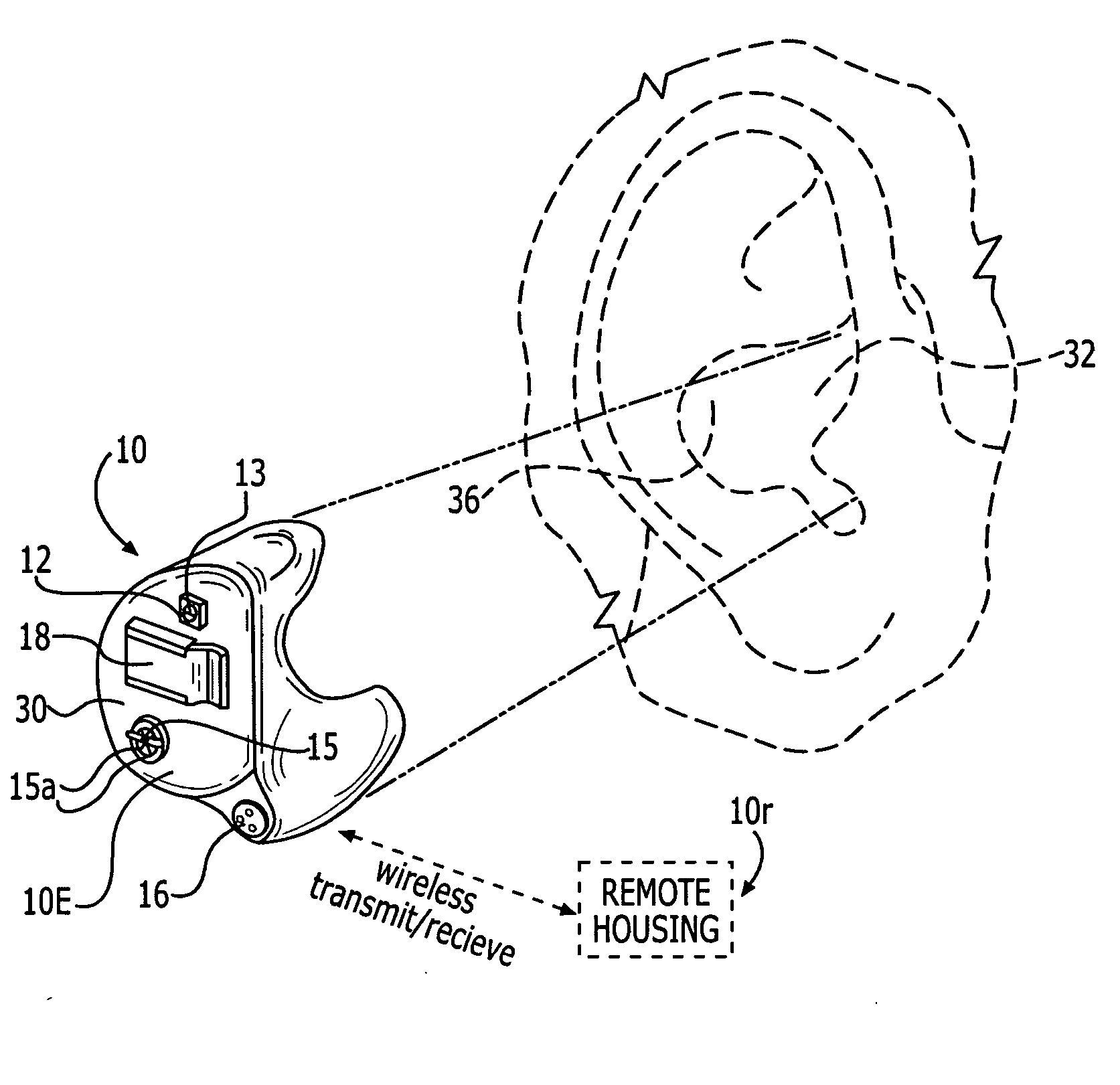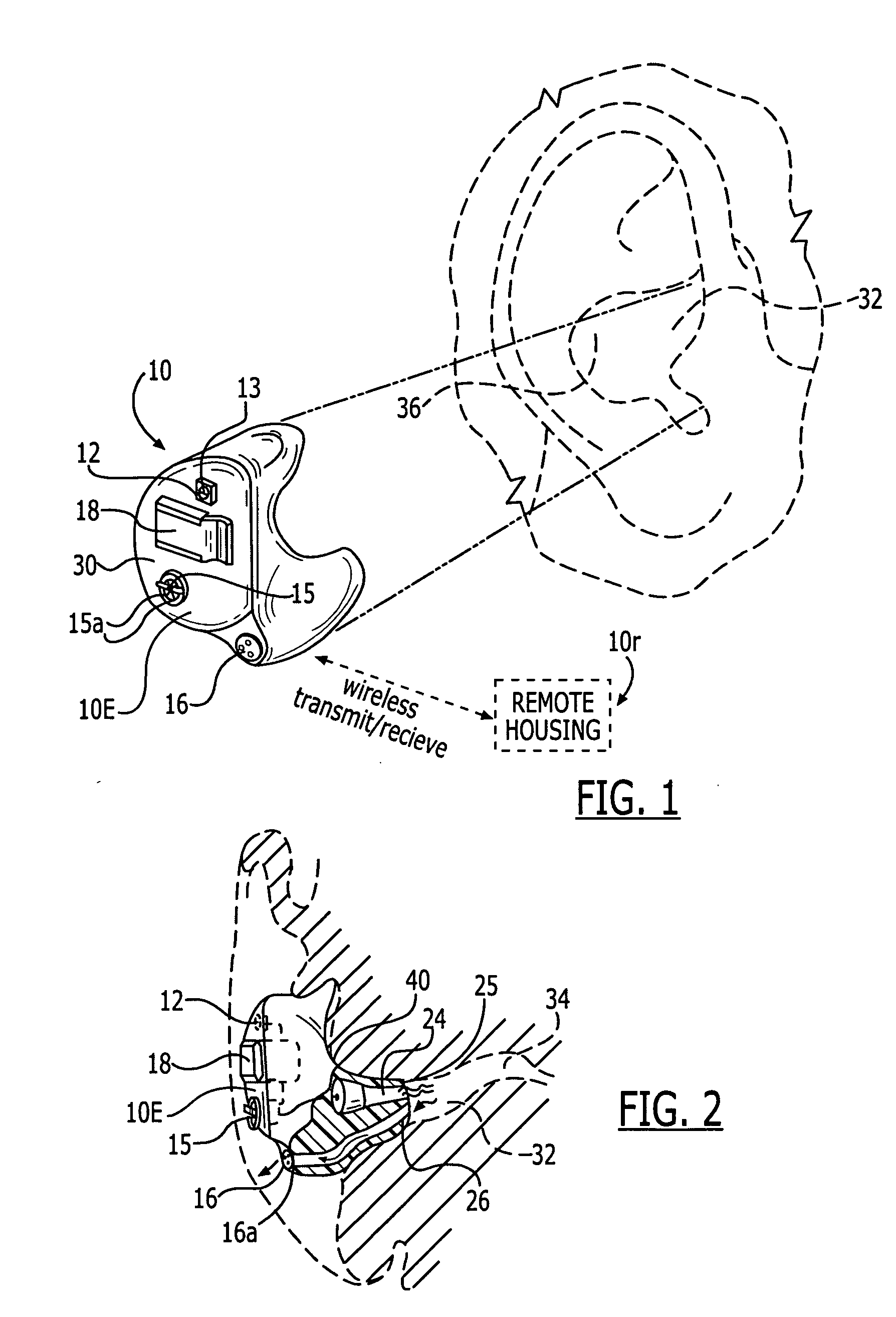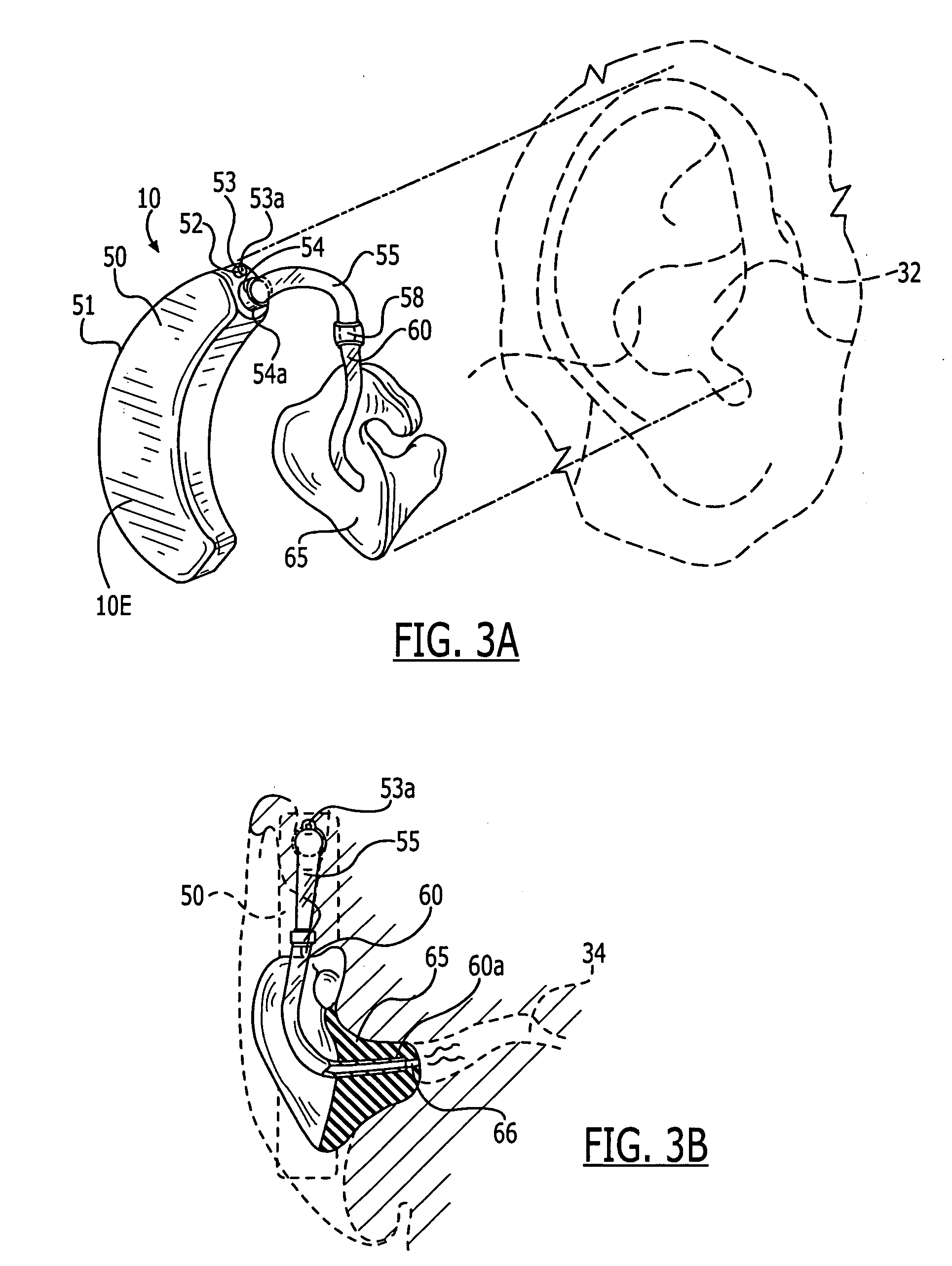Methods and devices for treating non-stuttering speech-language disorders using delayed auditory feedback
a delay and auditory feedback technology, applied in the field of non-stuttering speech and/or language disorders, can solve the problems of long delay in the proposed study or treatment, difficult interpretation of earlier work, and the inability to produce disruptive effects of the daf on the speech, so as to improve the subject's communication skills
- Summary
- Abstract
- Description
- Claims
- Application Information
AI Technical Summary
Benefits of technology
Problems solved by technology
Method used
Image
Examples
examples
[0109] The effect of short and long auditory feedback delays at fast and normal rates of speech with normal speakers is shown in FIGS. 8 and 9. In contrast to previous research a conventional definition of dysfluency, consistent with the operational construct used in the examination of the dysfluency in those that stutter, was adopted. This definition excluded speech errors that are associated with other pathological conditions (i.e., developmental articulation errors).
Method
[0110] Seventeen normal speaking adult males aged 19 to 57 (M=32.9 years, SD=12.5), served as participants. All participants presented with normal middle ear function (American Speech-Language-Hearing Association, 1997) and normal hearing sensitivity defined as having pure-tone thresholds at octave frequencies from 250 to 8000 Hz and speech recognition thresholds of ≦20 dB HL (American National Standards Institute, 1996). All individuals had a negative history of neurological, otological, and psychiatric disor...
PUM
 Login to View More
Login to View More Abstract
Description
Claims
Application Information
 Login to View More
Login to View More - R&D
- Intellectual Property
- Life Sciences
- Materials
- Tech Scout
- Unparalleled Data Quality
- Higher Quality Content
- 60% Fewer Hallucinations
Browse by: Latest US Patents, China's latest patents, Technical Efficacy Thesaurus, Application Domain, Technology Topic, Popular Technical Reports.
© 2025 PatSnap. All rights reserved.Legal|Privacy policy|Modern Slavery Act Transparency Statement|Sitemap|About US| Contact US: help@patsnap.com



